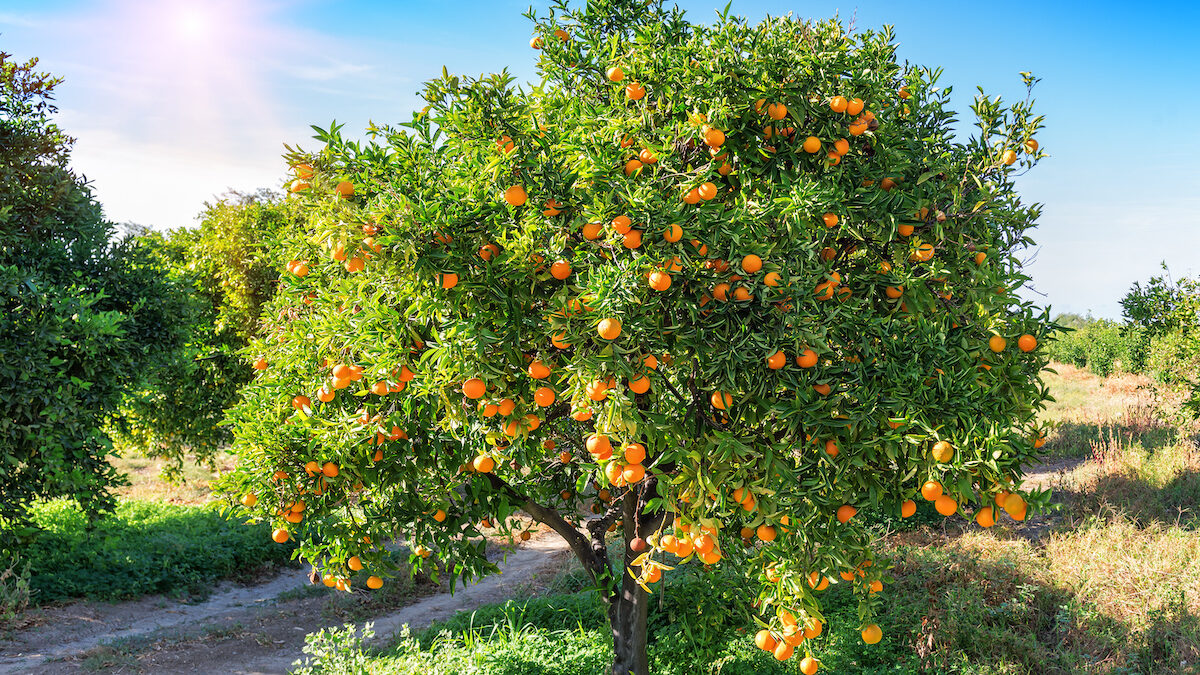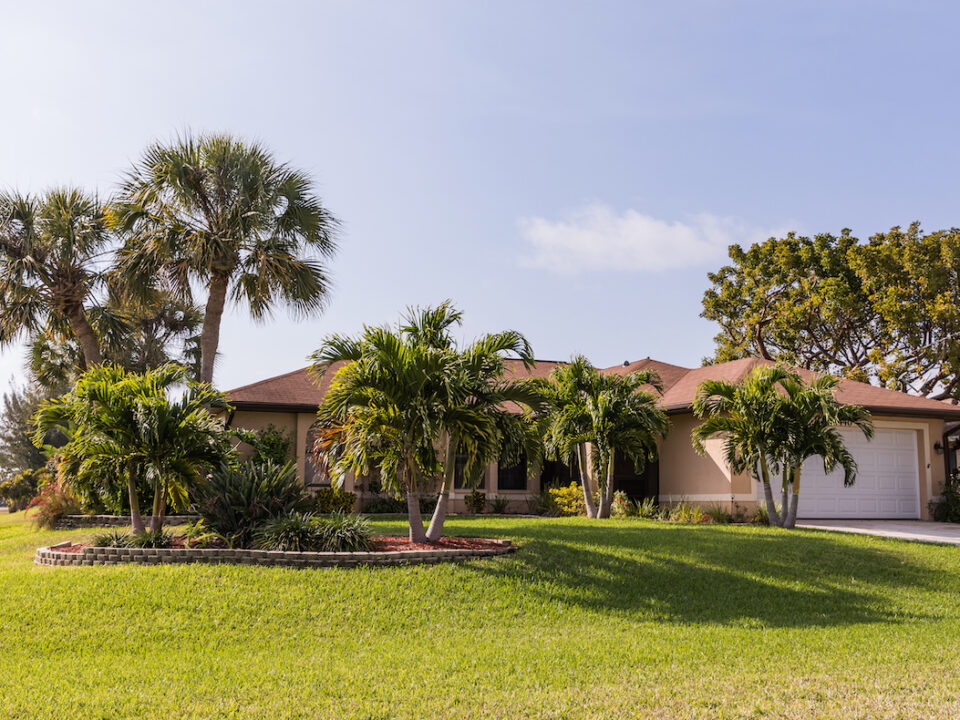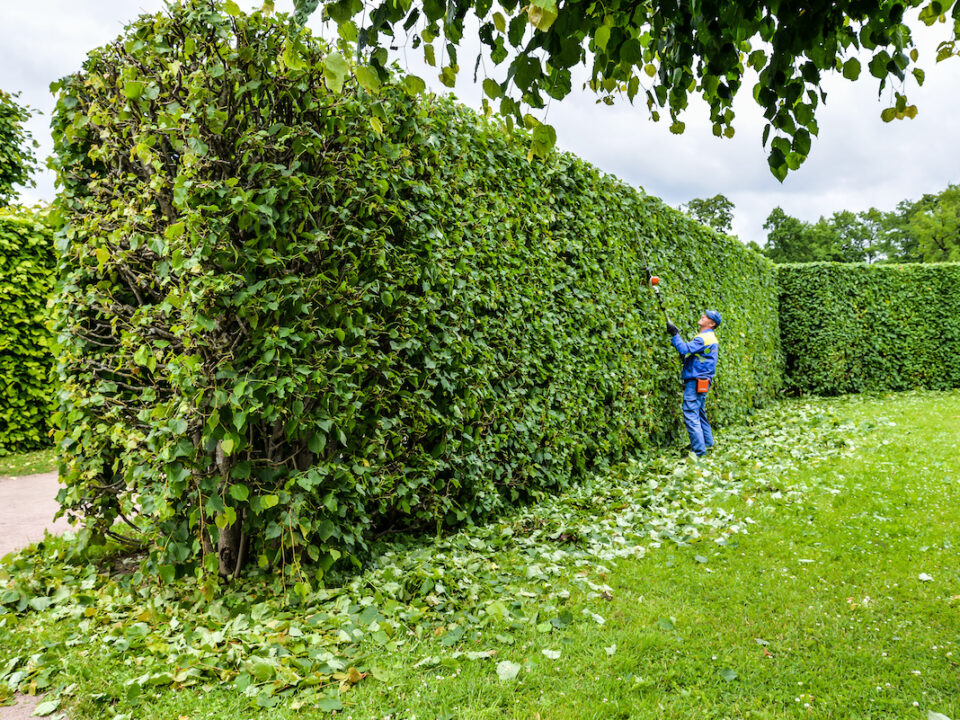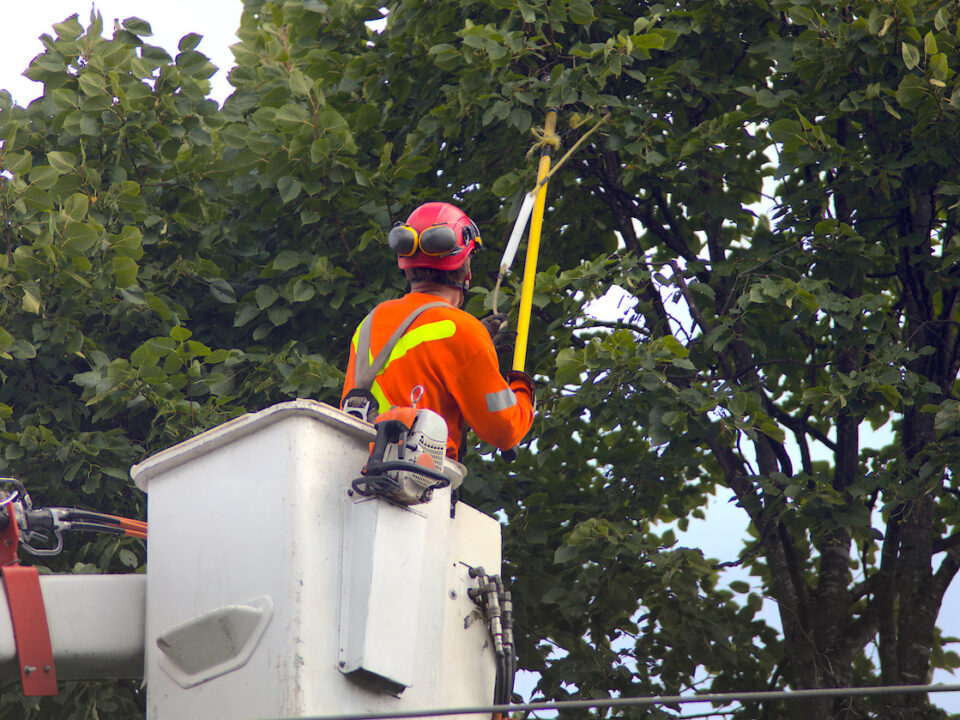Living in Florida gives us a unique experience in terms of trees compared to other areas of the country. Where you’ll find redwood trees in California, Florida is known for tropical trees and the famous orange tree. But there are even more fruit trees to learn about that are grown throughout the Sunshine State.
An overflowing selection of fruit trees can make an interesting and edible addition to your property. This guide has an overview of the type of fruit trees that you will find in Florida as well as what you were able to grow here.
What Fruit Trees Grow in Florida?
If you have a love of some of Nature’s sweetest treats, you are in luck. The Sunshine State is full of fruit trees but you can enjoy and even grow at your own home.
Below, let’s talk about the types of fruit trees that grow in Florida.
Orange Trees
Perhaps the most famous type of fruit tree to grow in Florida is the orange tree. Most orange trees grow in the southern portion of the Florida peninsula, which presents the least probability for freezes.
Orange trees are certainly not new to our state. In fact, Florida citrus groves started popping up in the mid-1800s. Interestingly enough, the first citrus was brought to the United States by Christopher Columbus in 1493.
By the mid-1500s, early Spanish explorers were planting the first orange trees near St. Augustine.
In the 1980s, citrus tree growers started migrating South from the northern regions of Florida. This is because there was a series of freezes during that decade that wiped out crops and even killed orange trees.
What kind of orange tree varieties can you find in Florida? The most popular are navel, Amber sweet, Valencia, and Hamlin. Orange season typically runs from October to June.
Orange trees are so prevalent in Florida that more than 90% of the country’s orange juice comes from the state. About 87% of the Citrus becomes canned, Frozen, chilled, or concentrated juices.
Not only do orange trees help Florida’s economy, but they are also great for the environment. They provide a habitat for small animals and divide urban and rural areas quite well.
How to Care for Orange Trees
Thinking of planting your own orange tree in Florida? You will need to plant the tree in a sunny and well-drained area to thrive. Keep in mind that the tree must be planted 12 to 15 ft away from your home.
When it comes to orange tree care, you will want to consider pruning. Pruning the branches keeps the tree nicely shaped and allows it to regenerate more fruit for the following season.
You want to keep your orange tree small and compact, which reduces the amount of fertilizer and pesticide that you will need to use. Meanwhile, the branches will become stronger so they can hold more oranges for your enjoyment.
Banana Trees
Bananas don’t only come from Central and South America. They come from Florida, too! One of the fruit trees in Florida is the banana tree. Banana trees were introduced to our state in the 1600s by the Portuguese.
Many regions of the state can grow banana trees, including the Central and even Northern regions of Florida. Banana trees do best in uniformly hot conditions. If your region of the state experiences periods of frost, you will need to plan carefully and accordingly if you want to plant a banana tree. You also do not want to plant your banana tree inside of a valley, since this area is more susceptible to frost.
Banana trees also require a lot of nutrition, especially nitrogen. You will want to feed your banana tree each month. If you want to use liquid organic fertilizers, you can apply this to your banana tree every month so it grows faster. You will need 12 leaves on your banana tree in order for it to produce fruit.
When can you expect your banana tree to produce fruit? It takes about 4 months for the banana tree to turn into ripe banana fruit. You’ll start seeing flowers around September and you can typically harvest by December.
Caring for a Banana Tree
Unfortunately, banana trees are susceptible to disease. This is because the bananas are propagated by vegetative reproduction, rather than being planted by seed.
This means that it is essentially a clone of another plant. It is genetically identical, and it does not allow the plant to naturally evolve with disease resistance. You want to plan accordingly with maintenance and using items such as organic fungicide. Otherwise, disease can wipe out your banana plant in all surrounding banana plants if you have more than one.
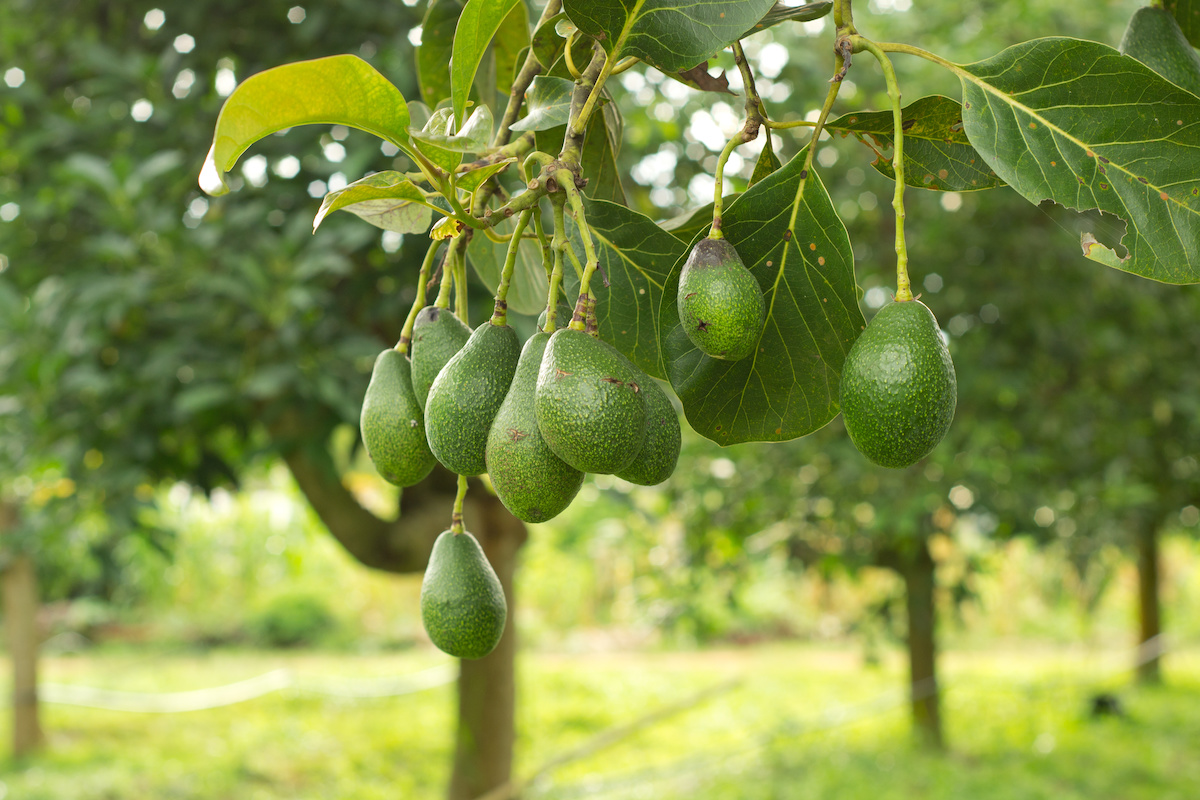
Avocado Trees
Another one of the fruit trees in Florida is the avocado tree. Yes, an avocado is a fruit! In Florida, the avocado is sometimes lovingly called the alligator pear because of its shape and rough-textured skin.
The first avocado trees were discovered in the southern part of Florida during the 1800s. They were likely brought to the state by indigenous people from the Caribbean.
The avocado tree is categorized as an evergreen tree. Some varieties of avocado trees lose their leaves for a short period of time. Before and during the flowering process. The tree canopy is dense and asymmetrical, but it can also be symmetrical as well. The downside about avocado trees is that the winds can easily snap off from strong winds or heavy flowering fruits.
Avocado leaves can also have a large range of sizes. You can find leaves between 3 in and 16 inches in length. They also have variable shapes, including elliptic and oval.
In Florida, early-season avocado trees are typically of the West Indian variety. Mid-season varieties or late varieties are typically Guatemalan and West Indian hybrids.
Avocado trees need to be planted in the warmest area of the state, typically the southeast and the Southwest coast. The West Indian variety of avocado tree is the least tolerant to frost.
Caring for an Avocado Tree
Avocado trees do not like to get their trunks wet. It is best to plant these trees in well-drained soil. Some people choose to plant them on a mound to ensure proper drainage. Native soil of Florida is good for successively growing an avocado tree.
You want to keep a grass free area around the tree within 2 to 5 ft from the trunk. You can do this by mulching, which also helps to retain the moisture while improving soil quality. However, it should be 8 to 12 in away from the trunk so the base does not rot.
Peach Trees
Georgia might be famous for its peaches, but Florida can grow this fruit as well. Spaniards introduced the peach tree to the new world during the 16th century. Yellow peaches grow best in Florida, and homeowners as far south as Fort Myers can enjoy growing these trees.
What do you need to know about growing peach trees? First, there are several variations of peach trees in the state of Florida. These include Florida Crest, Florida Glo, Florida Prince, and Sunbest.
Peach trees need a low number of chill hours to grow. For a long time, growing peaches in Florida was far-fetched. With the introduction of new variations over the years, peaches are capable of growing in this state.
What are Peach Tree Chill Hours?
Peach tree chill hours pertain to the number of hours that the tree must be in 45 degrees F or lower. The dates for these chill hours are between November 1 and February 15.
Chill hours for each peach tree variation vary. For example, FloridaCrest needs 350 chill hours. It’s also considered as a semi-clingstone. This means that the pit cannot be entirely separated from the flesh.
On the lower end, FloridaGlo only needs 150 chill hours.
If your peach tree doesn’t meet the recommended chill hours, it can be devastating to the crop.
Caring for Your Peach Tree
Peach trees prefer well-drained soil and hurricane season can be challenging. You’ll need to plant the peach tree in deep, sandy soil. Direct sunlight is ideal for growing a peach tree.
Meanwhile, the peach tree will need at least 1 inch of water each week. This is to ensure that the tree has a desirable fruit quality and size.
Pruning is also important for maintaining your peach tree. You’ll want to keep the primary branches cut back, and you also don’t want branches to cross. Maintaining the health of the branches will promote the overall health of the tree and the fruit.
Fruit Trees in Florida: Keep Your Fruit Trees Healthy and Pruned
When you need assistance shaping and pruning trees, Warner Tree Service is here to help. Please get in touch with us to discuss pruning and trimming trees of many varieties!

